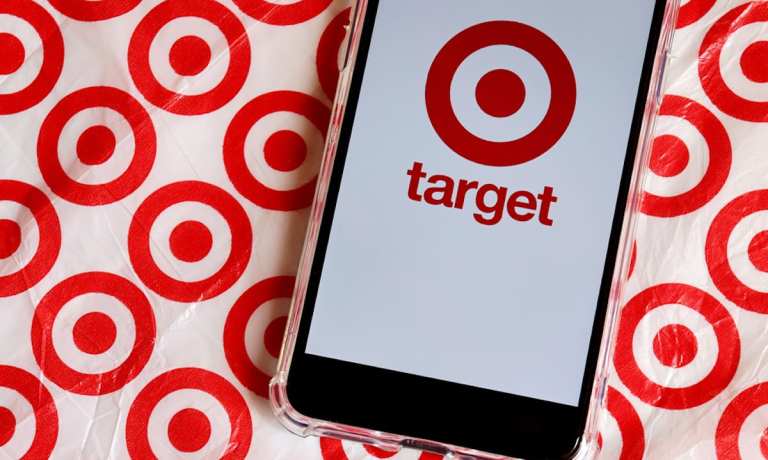
With its new “Target Forward” initiative, the Minnesota-based retail chain has created a centralized set of sustainability goals on par with Amazon, Walmart and countless other retailers, at a time when retailers are increasingly rethinking their priorities and reacting to changing consumer preferences.
By most metrics, Target’s new strategy, which it unveiled on Tuesday (June 22), is virtually identical to plans compiled by competitors: zero emissions by 2040, a dramatic reduction in the use of plastic packaging and the elimination of landfill waste, among other items. In this way, Target is not so much leading the sustainability effort as much as it is joining an industry initiative already in progress.
According to the U.S. Environmental Protection Agency (EPA), Target is among the top users of green power, utilizing over 417 million kWh of solar and wind power each year. However, that only accounts for 10 percent of its total electricity usage, EPA data show, noting that only Kohl’s, Giant Eagle and Ulta Beauty generate less of their total power consumption from green sources.
What Target emphasizes, though, is that the company has spent the past several years building a sustainable foundation that will allow it to quickly scale up to reach its goals. For example, Target has already integrated circular design principles into several of its brands, and has made strides toward sustainably sourcing materials such as cotton, forest products and palm oil.
“As a company and a member of the global community, it’s imperative for both the health of our business and of our planet that we embrace new ways to move forward,” said Brian Cornell, chairman and CEO of Target, in a statement. “We know sustainability is tied to business resiliency and growth, and that our size and scale can drive change that is good for all.”
Selling Sustainability
Consumers are increasingly demanding green products and services, with 57 percent willing to change their habits in order to reduce their environmental impact and 77 percent saying it’s at least moderately important that brands are sustainable and environmentally responsible, according to a report by the National Retail Federation and IBM.
Scot Case, NRF’s vice president for corporate social responsibility, said that the increase in eCommerce over the past 15 months has made “more and more consumers aware of how much waste there is. People who didn’t [previously] think about these issues are suddenly thinking about them and realizing there has to be a better way to do it.”
And responding to this customer demand could have major benefits for retailers, according to an analysis by the World Economic Forum and Accenture. When social, environmental and economic benefits overlap, costs can be reduced by 9 to 16 percent, revenue can increase by 5 to 20 percent and brand value can increase by 15 to 30 percent.
Additionally, Unilever found in 2017 that its most sustainable brands grew 46 percent faster than the rest of the business and delivered 70 percent of the company’s turnover growth.
Joey Zwillinger, co-founder and co-CEO of AllBirds, said in November that consumers are realizing that “climate change is upon us, and that the next five years are going to make or break the next hundred years for our species.” He added, “We are at the very forefront of a massive tidal wave of change in consumer perception on this stuff.”
Overwhelmed With Priorities
Though the push for sustainable business practices began prior to the global pandemic, COVID-19 provided a catalyst by making it clear just how unsustainable the status quo is.
But clean energy and sustainable sourcing sit on a laundry list of priorities that are just as pressing for retailers. As the global economy reopens, stores are trying to balance a growing shift to digital sales, filling thousands of jobs amidst a labor shortage, supply chain woes and compressed delivery demands.
Together, this landscape suggests that “retail businesses need to reinvent both how to go to market and how to leverage their own customers along the way,” two Deloitte researchers wrote in MIT Sloan Management Review. But while investing in digital offerings, customer convenience and third-party partnerships may alleviate some problems and create value for the consumer, it also creates a “profitability paradox” in which retailers struggle to capture value for themselves.
“Larger players might be able to scale accordingly to absorb these additional costs,” the researchers wrote, but they added that “it could be more difficult for smaller players and those operating at lower margins to push through.”